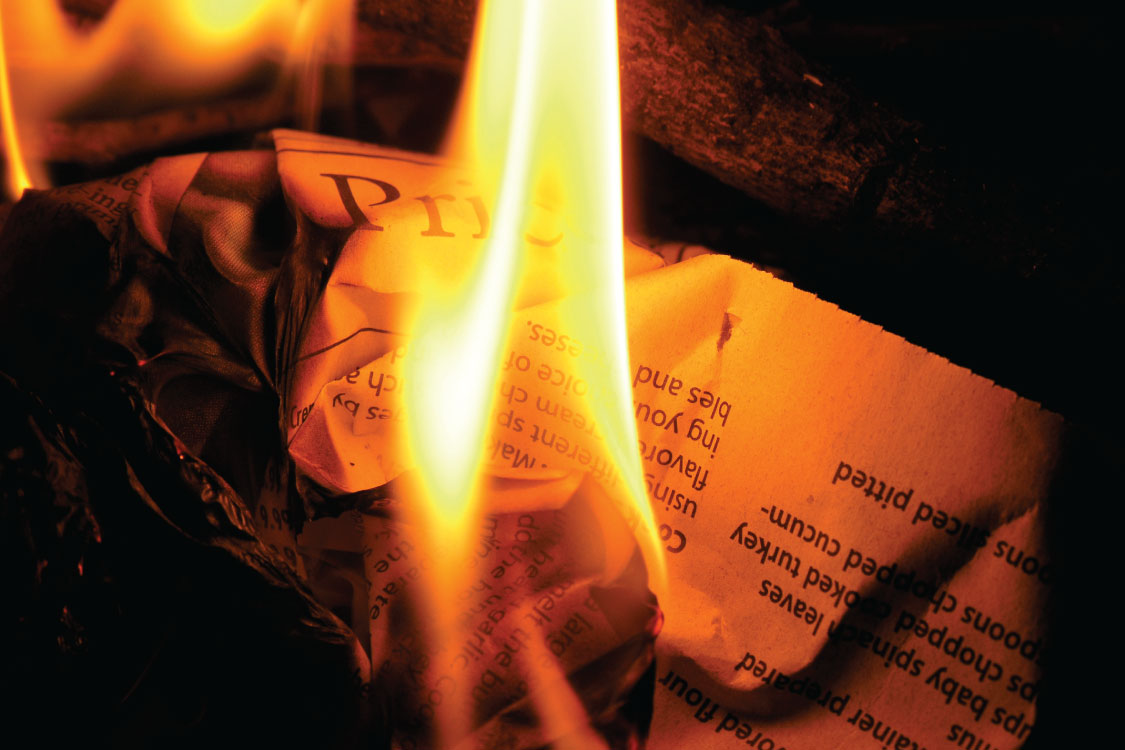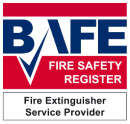26 March 2021
How to Identify and Extinguish a Class A Fire
There is not one catch-all category for fire – there are several different categories, each one providing its own challenges and requiring specialist equipment to combat and nullify. It’s crucial that you know how to identify each type of fire and how to safely combat them, and so Fire & Security Group have created this article to cover all you need to know about Class A fires.

What is a Class A fire?
A class A fire is a fire involving organic materials. Organic materials are things like paper, wood, textiles, plastics that don’t melt, and rubber. There is a risk of class A fires in almost every environment due to the ubiquity of organic materials – offices, for instance, often have large quantities of paper and textiles within them, as do retail locations, schools and hospitals.
How do I Identify a Class A fire?
A Class A fire will often leave ash deposits around the burning material, which can help you identify it. You also may be able to see what is burning whilst the fire is going on – clothes, a tea towel in a kitchen, or some wood, for example.
How do I Extinguish a Class A fire?
Class A fires are different to other fires in that they can be fought with various types of fire extinguishers – other classes of fire can only be safely fought with one or two extinguisher types. However, while several types of fire extinguisher are suitable, the most effective fire extinguisher for Class A fires is a water extinguisher. The water in the extinguisher will rapidly cool the burning material, which will put the fire out. The efficacy of water means that sprinkler systems are also very effective at putting out Class A fires.
Although water extinguishers are the most effective method, you can use the following types of extinguisher to combat Class A fires:
- Water Fire Extinguishers
- Foam Fire Extinguishers
- Dry Powder Fire Extinguishers
- Wet Chemical Fire Extinguishers
Foam extinguishers work a little differently in that they form a type of blanket over the fire, cutting off the oxygen supply and suffocating it. Wet chemical extinguishers use a mist to rapidly cool the fire, and dry powder extinguishers interrupt the chemical reaction that takes place within a fire to cut off the oxygen and stop it spreading.
Stay extra vigilant and minimise chances of a Class A fire breaking out. Keep all flammable materials away from sources of ignition, such as hobs, toasters, candles and other open flames. Every commercial premises should have the appropriate fire extinguishers present – the best way to ensure you have the right fire extinguishers is to undergo a fire risk assessment; Fire & Security Group can inspect your property to determine which extinguishers are required, before installing them in optimal locations. If you have any doubt about your ability to extinguish a fire, evacuate the building immediately and call the fire brigade.
Fire and Security Group provide fire safety equipment, fire risk assessments and fire safety training for customers across the UK. For more information, simply contact us today.

